commentary Commentary
Commentary: Why many retailers are calling for a circuit breaker
The current Phase 2 (Heightened Alert) is a Hobson’s choice for retailers stuck in no-man’s land. No wonder many prefer the clean break a circuit breaker offers, says SMU’s Dr Seshan Ramaswami.
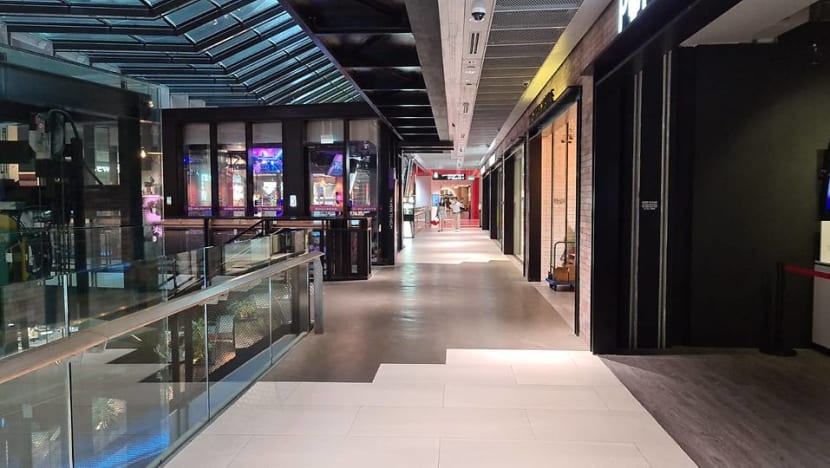
The interior of Funan, a mall near City Hall, on May 17, 2021.
SINGAPORE: The current Phase 2 (Heightened Alert) offers a Hobson’s choice to many retailers - shut down completely, with the possibility of no assistance, or keep the stores open, in the face of huge uncertainty in demand.
The foot traffic restrictions in malls, constraints on group sizes and the banning of dine-in have already guaranteed a dramatic drop in footfall at stores.
One jewellery store in VivoCity reported making just S$2 last Sunday (May 16). It could rake in as much as S$3,300 in past Sundays.
Shopping and dining out are complementary activities for many consumers. Without the option of eating out, shopping trips become less attractive and shorter if at all.
In addition, there is the natural fear among many shoppers, who are not yet vaccinated, to head to the malls.
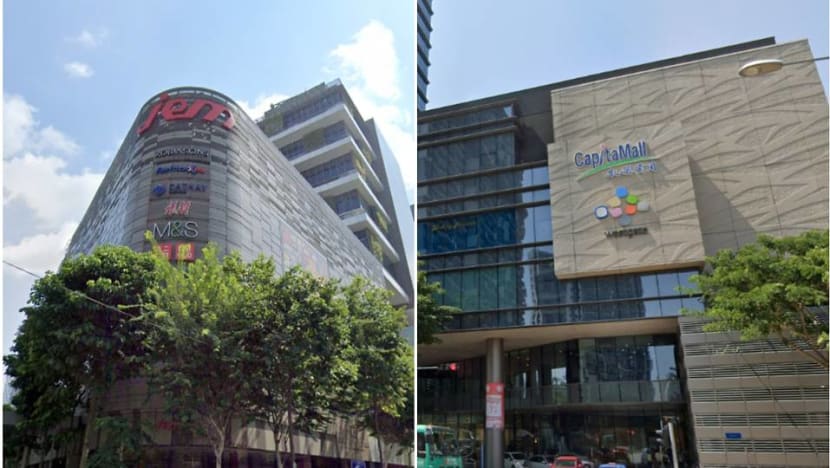
Shoppers had just re-started their pre-coronavirus shopping routines, but they may well decide to wait it out before venturing out to shop.
Those who had visited Jem, Westgate and White Sands have been urged to get tested after these malls emerged as locations visited by COVID-19 cases during their infectious period. That is a prospect many wish to avoid.
READ: Commentary: Why luxury brands are weathering the pandemic better than other retailers
A PERFECT STORM
Retailers can catch no break. A perfect storm has been brewing for some time in Singapore and across the developed world.
Major department stores like Macy’s have shut stores. Household names like JCPenney have declared bankruptcy. Singapore has seen its share of closures, notably the 162- year-old Robinsons department store chain.
Retailers that remain in business face a tough challenge, trying to meet rents and other fixed costs.
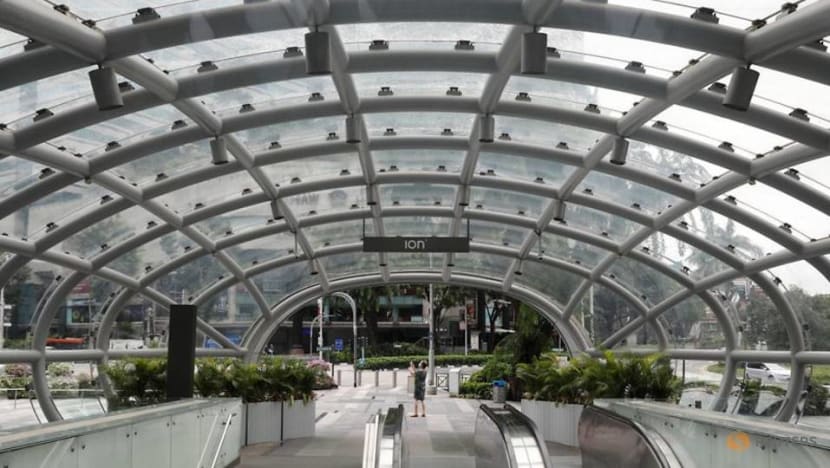
The pandemic-induced circuit breaker last year was a double whammy effect for them.
Not only did they have to close stores, worse, many of their customers, after a forced trial of online shopping, discovered surprising pleasures and savings too good to pass up and may return less frequently.
Rental reliefs, tax breaks and salary supplements through the Job Support Scheme helped mitigate the shock to brick-and-mortar retailers. There was also some silver lining when many retailers were forced to move online, something that may never have happened otherwise.
READ: Commentary: Robinsons shuttered for good. Does Singapore have too much retail space?
READ: IN FOCUS: Why are some retail tenants up against their landlords and can the relationship be mended?
ONE OF THE WORST HIT SECTORS BY PANDEMIC
A year since the circuit breaker, Singapore’s brick-and-mortar retail industry has emerged among the worst hit, not far behind the travel and tourism sector.
From large chains to individual mom-and-pop stores in the heartlands, all have been impacted.
The brick-and-mortar retail industry was already struggling even before COVID-19 hit our shores, with the prolific increase in cookie-cutter malls at a pace outstripping the increase in population and tourism numbers, despite intensifying competition from online retailers.
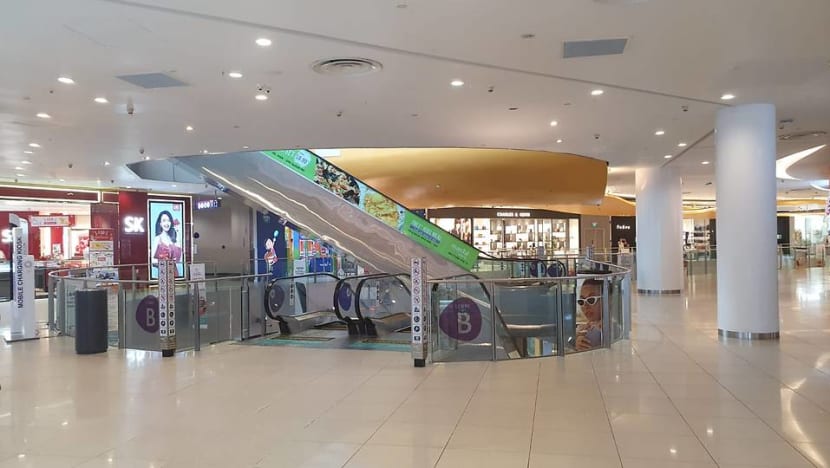
The mobile shopping experience too has been enhanced over time, such that shopping can be done even when on public transport. E-commerce and mobile-commerce stores can offer larger and deeper assortments, at lower prices even with delivery charges included, since they do not bear the high rental costs faced by physical stores.
The improvements in the delivery infrastructure leading to greater speed, reliability and transparency, as well as innovations that allow contactless delivery such as parcel deposit lockers, has further smoothened the consumer experience. Tourism has all but dried up.
The boom in online modes of entertainment provided by streaming services and over-the-top television platforms further increases the attractiveness of just staying home.
READ: Commentary: Why shopping hours in some Orchard Road malls and retailers are changing
Finally, the return to work-from-home for office workers means stores in the central areas of Singapore are particularly badly affected.
On the supply side, there has been little respite in terms of rent and increasing difficulty in finding quality retail sales staff with competitive wages.
Another complication for the average retailer in this heightened alert phase is the uncertainty of how competition will behave.
Deciding to close might mean that the little shopping traffic left will now be diverted to competition. Yet having some continuity in business seeing out this phase might mean holding on at least to one’s loyal customers.
READ: Commentary: A return to Phase 2 could be a momentary setback to Singapore’s economic recovery
WHY A CIRCUIT BREAKER IS PREFERRED
A circuit breaker evens out some of these uncertainties and eliminates that Hobson’s choice.
The virus spread has been quite unpredictable despite many critical measures in place, including the use of TraceTogether tokens and app, restrictions in air travel, postponements of travel bubble arrangements and school closures.
It is not clear currently that the alert can be relaxed come Jun 13. Much will depend on whether Singapore can curb clusters and deal with unlinked cases to tackle the spread. That is another layer of uncertainty for retailers.
READ: Commentary: Some pain even as Singapore rises to the challenge of tighter COVID-19 measures
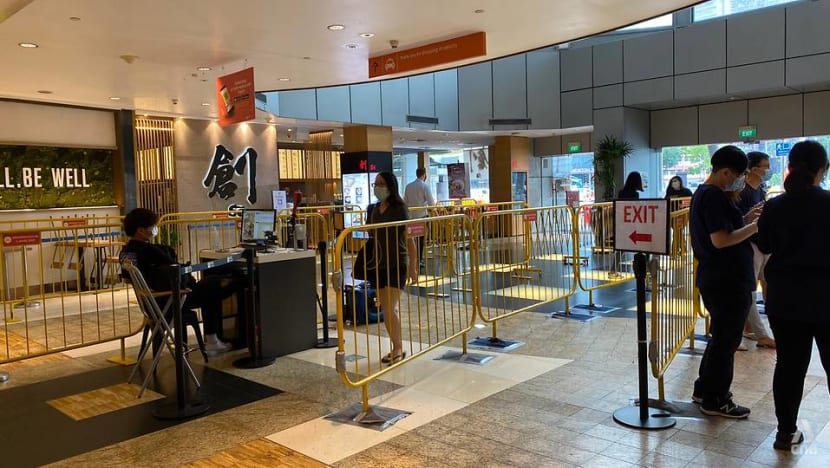
A circuit breaker also enables the Singapore Retailers Association (SRA) and other groups such as Singapore Tenants United For Fairness (SGTUFF) to justifiably lobby for government subsidies on rents and salaries.
For the Government, this is not an easy choice either. The Phase 2 (Heightened Alert) declared is a justifiable reaction to the sudden surge in COVID-19 cases which could become devastating if not addressed.
A circuit breaker has not yet been called. But balancing the preventive health imperatives of residents at large, with the financial well-being of retailers, and indeed all businesses, is extremely difficult.
READ: Commentary: Contours of Singapore’s post-COVID economy are coming into sharper focus
THOSE DIGITAL MALLS ARE INEVITABLE
In the longer run, it appears that the further digitalisation of the retail industry is inevitable. Every retailer, big and small, has to be part of some larger e-commerce network or risk shutting down.
E-commerce platforms like Lazada, Shopee and Amazon allow even small retailers to expand into an online offering. This is not an easy ride either - price competition is quite brutal online where it is so easy for shoppers to compare prices across stores.
Malls like IMM are getting into action to pool together retailers to launch a virtual shopping mall so people can visit their favourite stores digitally on one platform as easily as they can physically.
This move online requires a sophisticated understanding of digital marketing and e-commerce expertise. Retail experts often recommend that brick-and-mortar stores offer a superior customer shopping experience to overcome the cost advantages of “e-tailers”.
READ: Commentary: Will COVID-19 spell the end of strata malls?
But it may be tough to imitate the showroom effect, where consumers enjoy the physical shopping experience in the store and then choose to buy online at a better price.
A circuit breaker would at best bring some temporary relief of reduced uncertainty and possibly some financial subsidy.
Ironically, it may also give retailers a second chance and the time for some strategic thinking about the wisdom of continuing to be in the physical retail business in the long run.
Dr Seshan Ramaswami is an Associate Professor of Marketing Education at the Singapore Management University.















